I have acquired a LT1512 Sepic based controller which is a controller for charging purposes.
I have followed the datasheet as much as can, read few articles on how to set it up for my purposes, charging SLA battery.
Very few information found, some on inductor specs, but continued with the datasheet, kept all values, except I didnt have exact inductor values as stated in datasheet(initially used axial kind), got my resistor values set up for the feedback sensing, ie for 13.8Vdc - battery.
Used a 10V wall adapter at first and then a 12V again, connected power, by the way whole circuit I have built on breadboard firstly, and ic ran hot. Very hot.
But I must mention. I dont have any ceramic caps, the coupling cap between the two inductors, with the value the datasheet requires, I had a polyester film available, but found the frequency to half, and somehow thought that may have to do with the ic getting hot. Changed it for tantalum`s, no change. I checked output diode next, suspected bad connection or so, schottky, rechecked all my connections on board, nothing. The battery was not charging.
So made a 33uH coupled inductor on the same core thus, ferrite ring core with a AL value of 4620nH, used formula, found I needed like 3 turns each. Used that, nothing.
Eventually I gave up. Does anyone have any experience with these kind of converters, and if so, what did I do wrong. I believe many will shout, you build it on a bread board and furthermore parasitic disturbances introduced, but was just to see if circuit will start up.
From my side, as it is my first time with these kind of controllers, my suspicion is on the S/S pin of ic. Do I need to pull this pin up to some level. The oscillation of 500khz I didnt note measuring with my DMM.
I will value any feedback, thank you.
